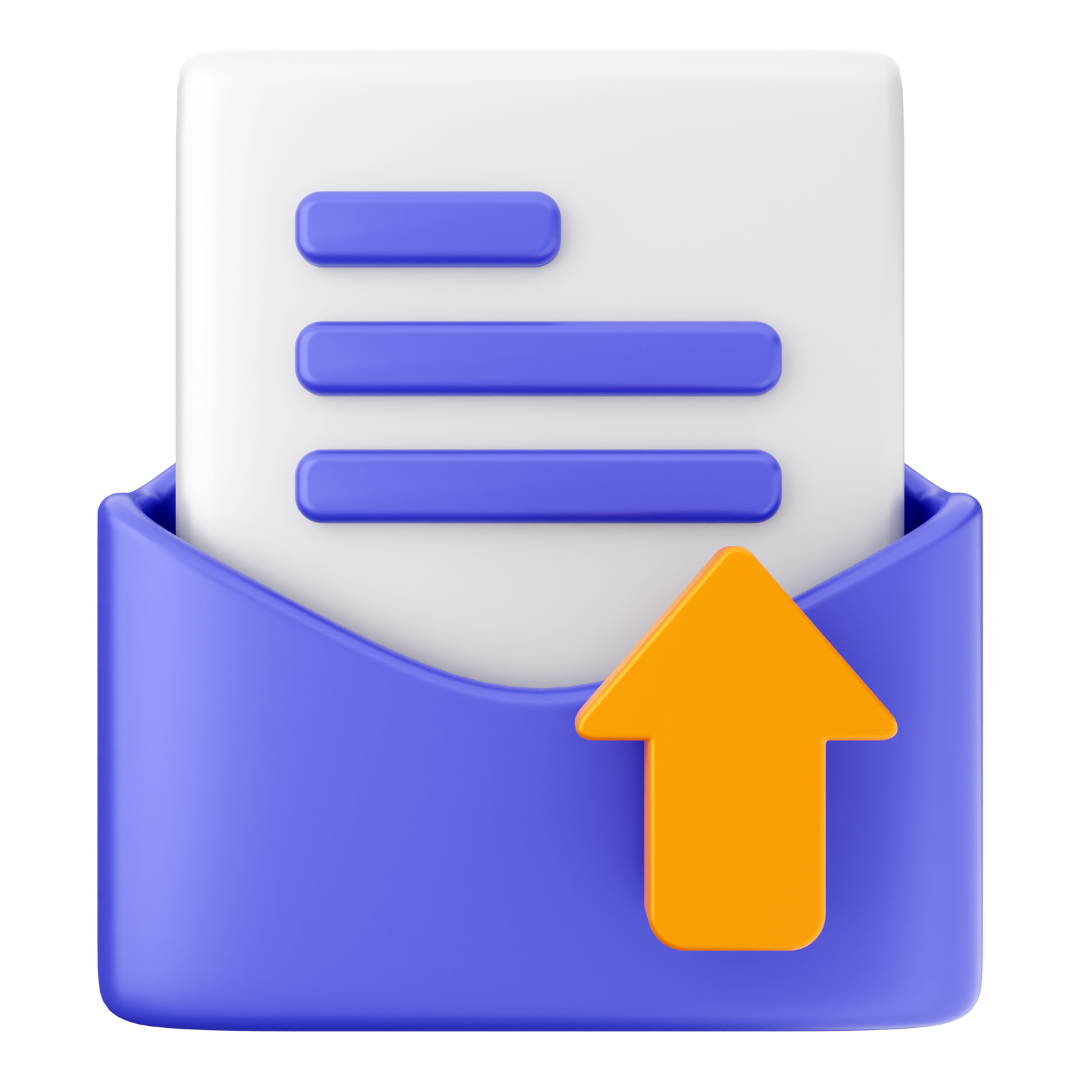Assignment
Achievement
Hire Experts
Reviews
Free Services
Grades
Offers
Order Now
50,000+
Orders Delivered
4.9/5.0
Star Rating
4000+
PhD Experts
24 x 7
Query Resolution
100 +
Subjects Catered
Our Experts
Reviews
Free Assignment Services
☞Title Pages - 100 Words
$05.00 free
☞Downloading Free Guide
$20.00 free
☞Upload Completed Tasks
$20.00 free
☞Genuine Content Report
$20.00 free
☞Consultation By Experts
$06.00 free
☞Unrestricted Revisions
$10.00 free
☞Grammar Check for Task
$25.00 free
☞Plagiarism Inspections
$25.00 free
Book Now and get Free Services Upto $0.00
Grades
Offers

1. PLACE YOUR ORDER
Whenever you fill out their order form, please read it carefully and then fill it out.

2. MAKE PAYMENT
Choose our secure payment method to pay for your order and collect your order from us with security.

3. GET YOUR DOCUMENT
Our writers write you plagiarism-free assignments and provide them to you before the deadline.
Our Experts

Search Assignments

Customers Reviews
The crown of Himalayas- the snow- has finally adorned Himalayan peaks. The Western Himalayas, spanning across northwestern India and northern Pakistan, recently experienced a rejuvenating spell of snowfall. This picturesque phenomenon graced regions of Himachal Pradesh, Jammu and Kashmir, Uttarakhand, and Ladakh, but also posed significant challenges for the winter sport industry at the lower altitude regions.

In this article, we will delve at the evolving landscape of winter tourism. We will explore the impact of climate change, the resilience of businesses, and the technological developments that are shaping the future of winter snow business.
The Himalayas, which had been longing for snow for the past two months, seemed to quench their thirst when they finally touched the icy flakes—it was as if their yearning had been satisfied.
However, the eastern Himalayas have not been as fortunate.
The regions of Sikkim, Nepal and Arunachal Pradesh have only glimpsed the snow, akin to offering a mere sip of water to someone desperately in need—just that much. The snowfall there has not been as abundant as in western Himalayas.
In Asia, Hokkaido continues to be a snowy haven with regular snowfall and fully open resorts, while Honshu experiences more sporadic snow but keeps most terrain accessible.
Skiers and snowboarders can rejoice as good snow conditions persist above 2000 meters across Austria, Switzerland, and France. North America has received over 6 feet snowfall in the past month, opening 60-90% of the ski resorts, making it the perfect opportunity for ski lovers to get their ski blades out and on the snow.
While the higher mountain regions are receiving snowfall, warm weather poses challenges for lower slopes in Europe and Himalayas. The winter tourism in these regions is suffering due to changing climatic conditions.
A study from 2021 analyzed the 50 years of snowfall patterns in the Alps, the results were shocking. The lower depth regions, below 2000m range, have witnessed 10-50% decline in average snowfall. The vast research conducted across 6 alpine countries also revealed that some locations on south side of the Alps, already less snowy, saw faster decrease.

As a result, the winter tourism has become unsustainable in some regions, leading to closure of many ski resorts like La Sambuy in France.
The same is true for Indian region of Gulmarg, where business nosedived by more than 60%. Ski instructors, ski resorts, and snowboarders faced multiple booking cancellations owing to no snowfall in the region. Profits dipped by 55% and international tourists abandoned their once favorite snowboarding destination-Gulmarg for destinations with better snowfall.
Lower altitude areas are facing decreasing snowfall due to significant climate change. Globally, the annual snowfall has decreased by an average of 0.19% per year since 1950s. This is mainly due to warmer temperatures leading to shift in precipitation. This has resulted in winter precipitation falling as rain instead of snow. The phenomenon has already engulfed more than 80% of the regions in the US.
The other reason contributing to decrease in snowfall is El Niño, a phenomenon which brings warmer temperatures with it. This pattern was observed in 2023 and in 2015-16, during both periods temperatures peaked higher than the average. In 2023, it marked the warmest day on record, being 0.17 degrees warmer than the previous record-setting year, 2016.
What's concerning is that El Niño usually brings warmer temperatures as it departs, as seen in 2016. However, in 2023, El Niño was arriving, not departing. Experiencing record breaking temperatures at the beginning is worrying, and it suggests that temperatures will be even higher when El Niño leaves in April-June 2024.
By impacting the snowfall patterns, Climate change poses a significant challenge to the winter sports industry. However, the winter sport industry, which is expected to grow at a CAGR of 6.5% (2023-2030), is not passively accepting this fate; instead some of the businesses in lower Alps have migrated to summer tourism, rather than winter tourism. In the peak summer season, tourists look for colder and semi-colder regions. These relatively lower altitude destinations can thrive in such situations.
Apart from diversifying their offerings, businesses are also collaborating technology to make snow even in warmer temperatures.

Snow condensers (refer image) are one of such innovative technology aimed at creating sustainable snowmaking solutions for ski resorts and other applications. Pioneering resorts like Vail Mountain (CO) are implementing closed-loop systems that capture and reuse water used for snowmaking. This reduces the consumption of freshwater for snowmaking.
Another technology for artificially snowmaking is Nucleation agents. Nucleation agents, employed by resorts like Whistler Blackcomb (Canada), allow for snowmaking at higher temperatures. Snowmaking through the use of drones and artificial robots is also underway.
Another sustainable solution for artificial snowmaking without impacting the environment is through the use of sustainable energy like wind and solar power for snowmaking. Leading resorts like Mammoth Mountain are already transitioning to renewable energy.
Winter magic faces a threat. Lower slopes lose their snowy charm as climate change bites. But the winter sport industry is adapting swiftly. Diversification into summer tourism opens doors to new opportunities; while innovations like snowmaking with sustainable energy and closed-loop water systems offer help to rejuvenate declining snow industry.




No Comments